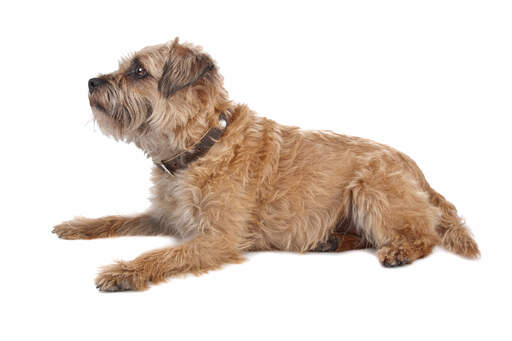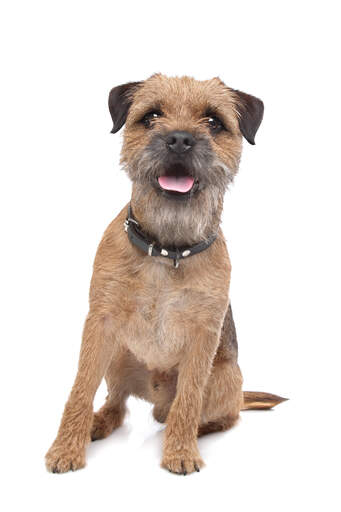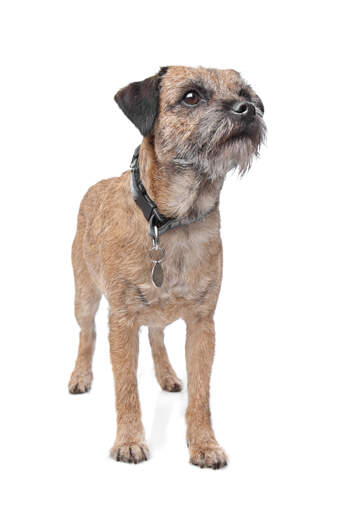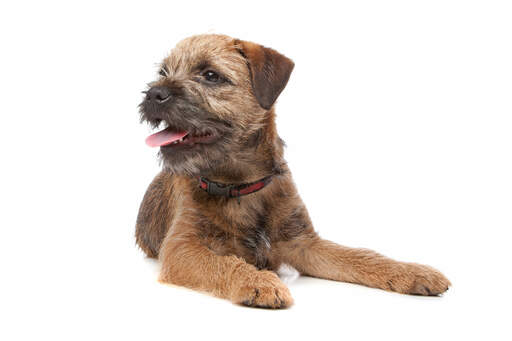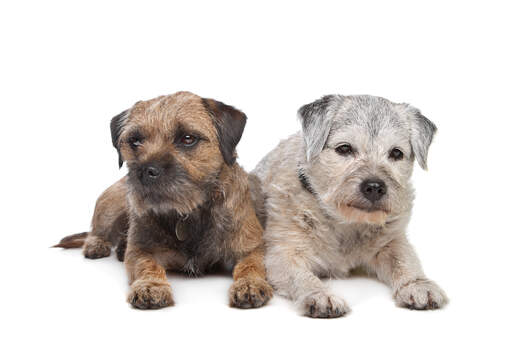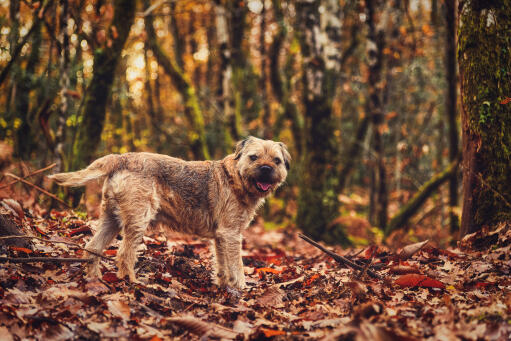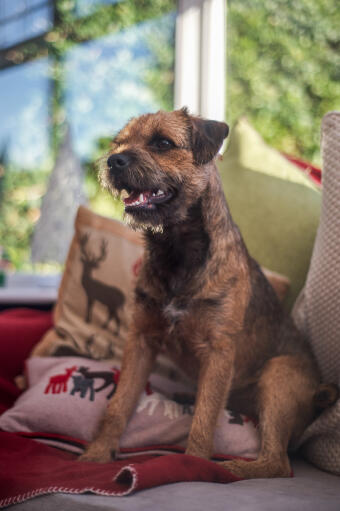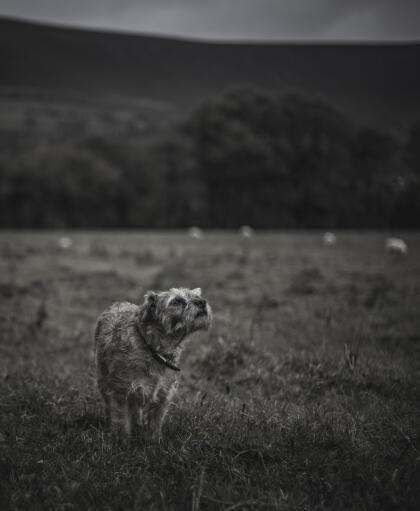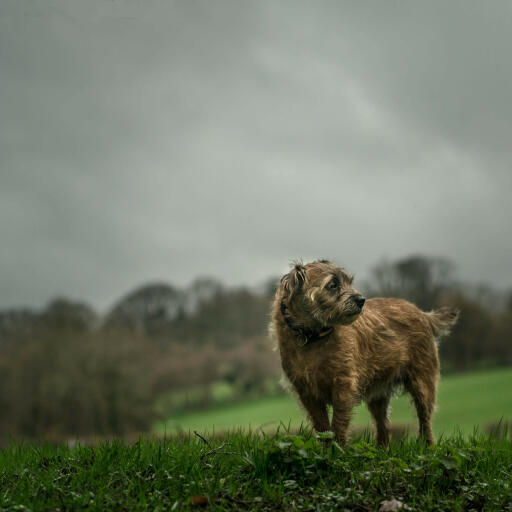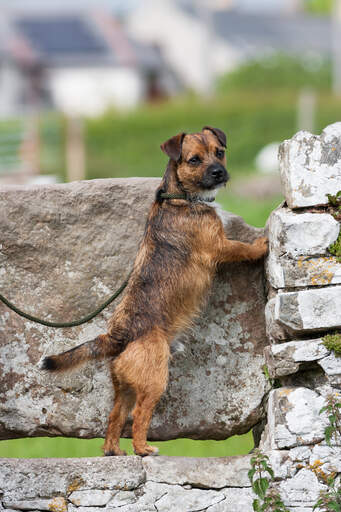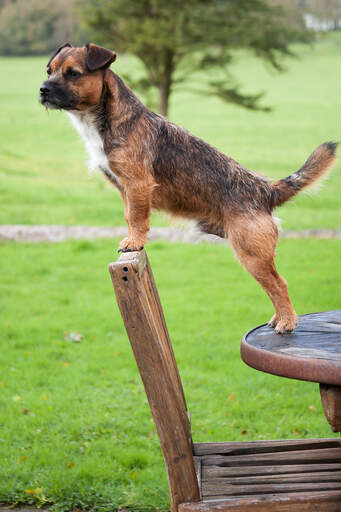Border Terrier Dogs











History
This is one of the oldest terrier breeds, originating in the border country between Scotland and England. It was bred for fox hunting, being small enough to follow a fox underground. Formerly known as the Coquetdale Terrier, the modern name was adopted by 1870.
Behaviour
Border terriers are inquisitive, friendly, and hardy. They are independent-minded and very 'terrier-like', so they are not the most obedient of breeds. What they lack in obedience, though, they more than make up for in personality and companionship. They love the company of people, but they're independent enough not to be under your feet all day, and they're not clingy.
Male Border terriers can be aggressive towards other males, so they should be socialised from an early age. They are fine with other dogs in the house, but don't usually tolerate cats or small pets. They make excellent 'ratters' - i.e. rat catchers - and are often kept for this purpose by farmers. Active and agile, they need regular exercise, but are prone to run off in search of prey given half a chance, so should only be released off leash in a secure area.
With their high intelligence, Borders are easy to train, but don't always obey, being stubborn. Food-training is usually effective, as they can't resist a tasty treatThey thrive on affection, too. Keeping a Border Terrier off your bed/sofa/lap is a challenge! They will need a very secure garden as they are the Houdinis of the dog world when it comes to great escapes - they will climb and/or tunnel their way through most unsecured barriers.
Border Terriers tend not to lose much fur, and a clip every few months and an occasional brush is enough grooming. Given plenty of exercise, attention, and training, they make great pets - if you have the energy to match them.
Temperament
Border terriers are inquisitive and friendly. They love human contact, but remain fairly independent too. They are hardy and have lots of stamina, demanding plenty of exercise daily. They can cause trouble digging up your garden, though, and will chase smaller animals instinctively, so it's best not to keep them with cats.
Borders are better with other dogs than most terriers. They are very intelligent, but a little stubborn when it comes to training.
Health Problems
Border terriers are prone to canine hip dysplasia (CHD), patellar luxation (dislocation of the kneecap), heart defects, and malocclusions (where the jaws do not fit together correctly).
Breed Details
- Status: Common
- Life Expectancy: 12 - 15 years
- Weight: 13 - 15 lb
- Height: 10-11"
- Rare: No
- Coat: Short
- Grooming Requirements: More than once per week
- Town or Country: Either
- Minimum Home Size: Flat
- Minimum Garden Size: Small to Medium Garden
- Breed Type: Pest Control Dog
- Size: Small
- Energy Level: Medium
- Exercise Required: Up to 1 hour

